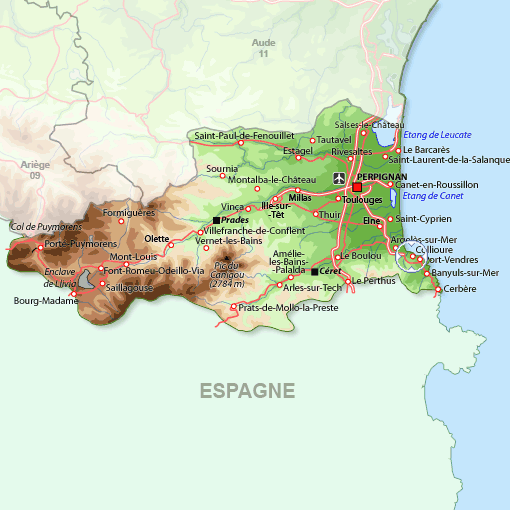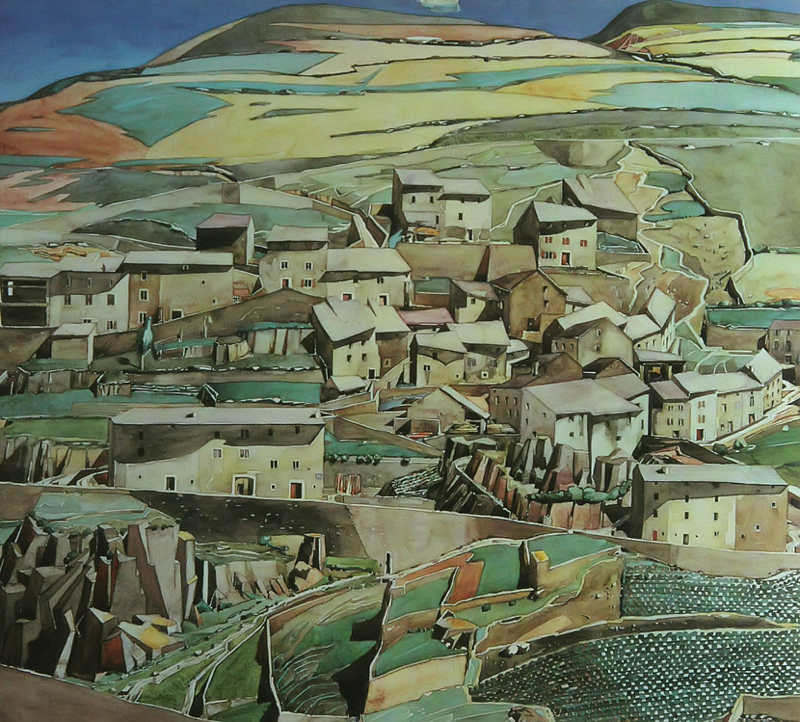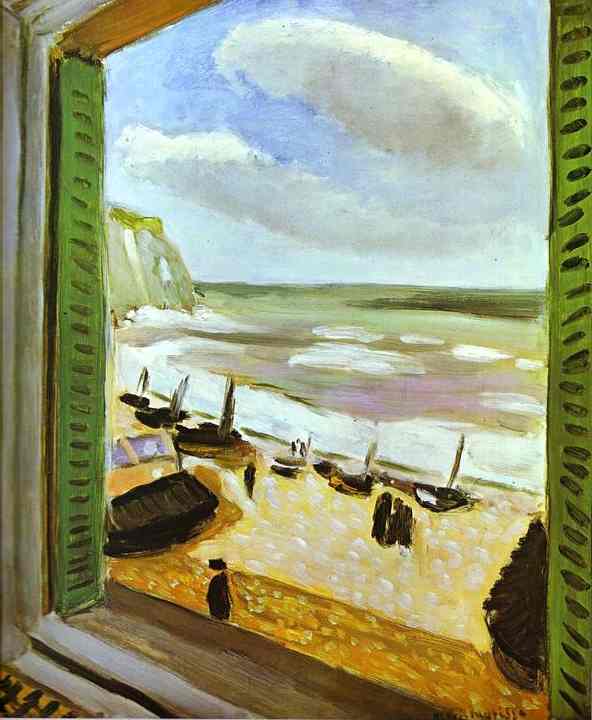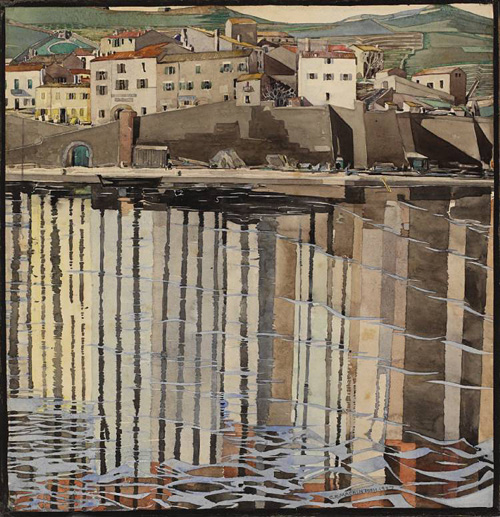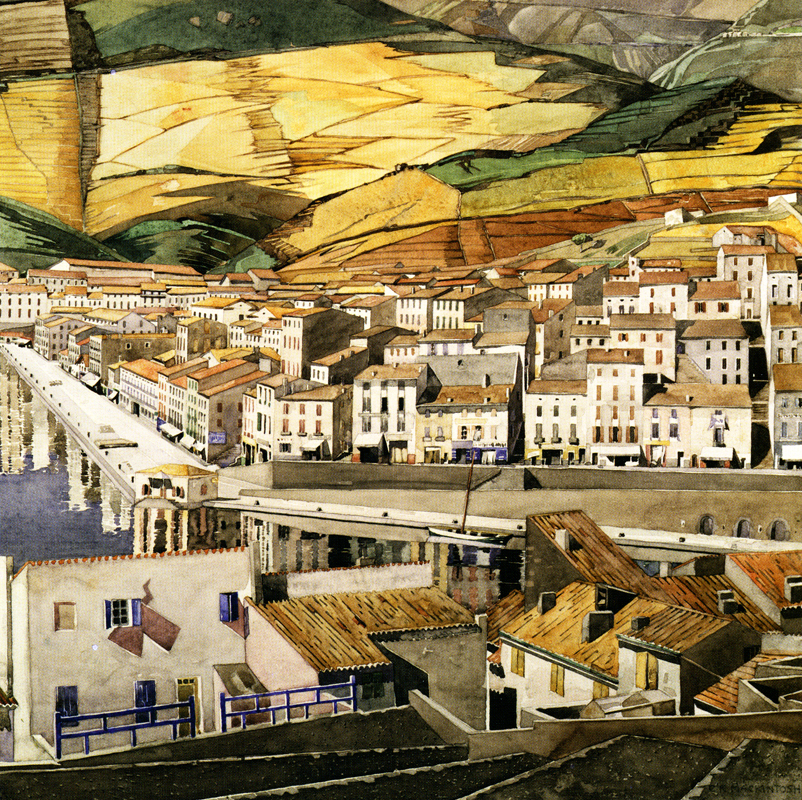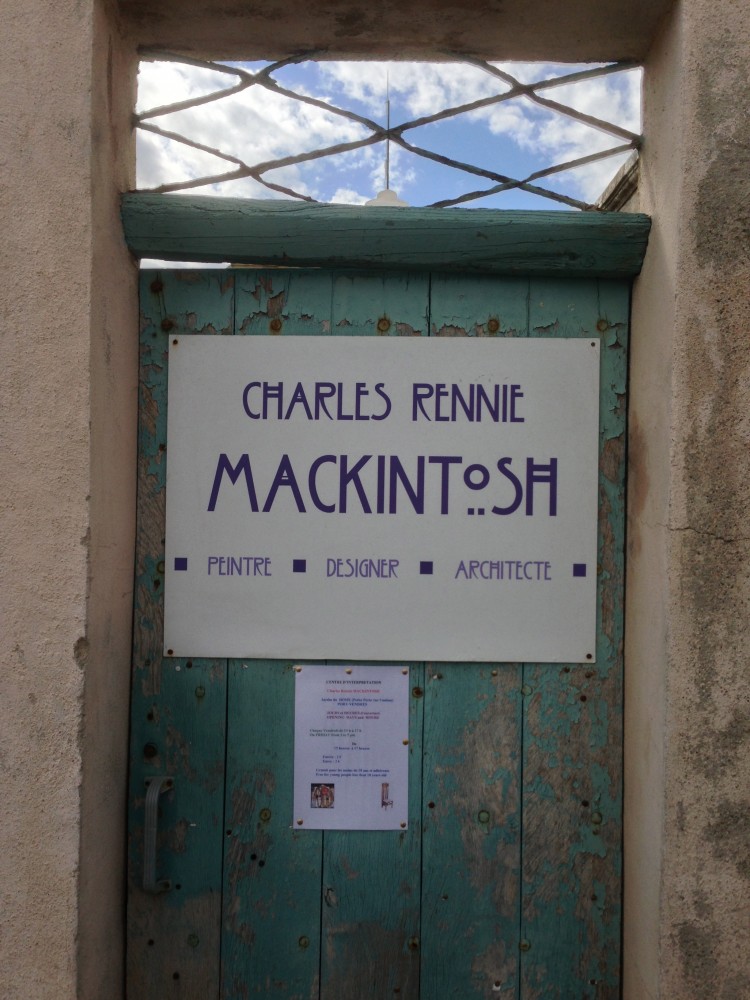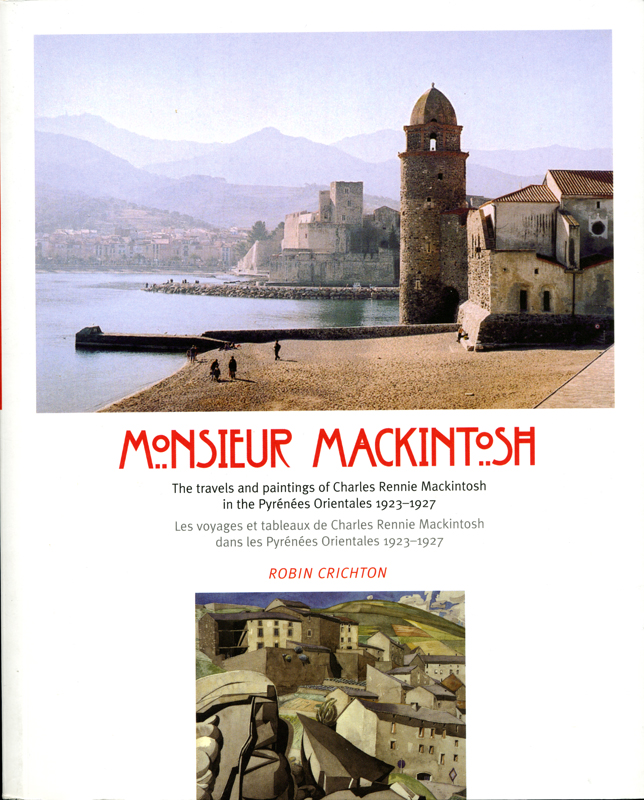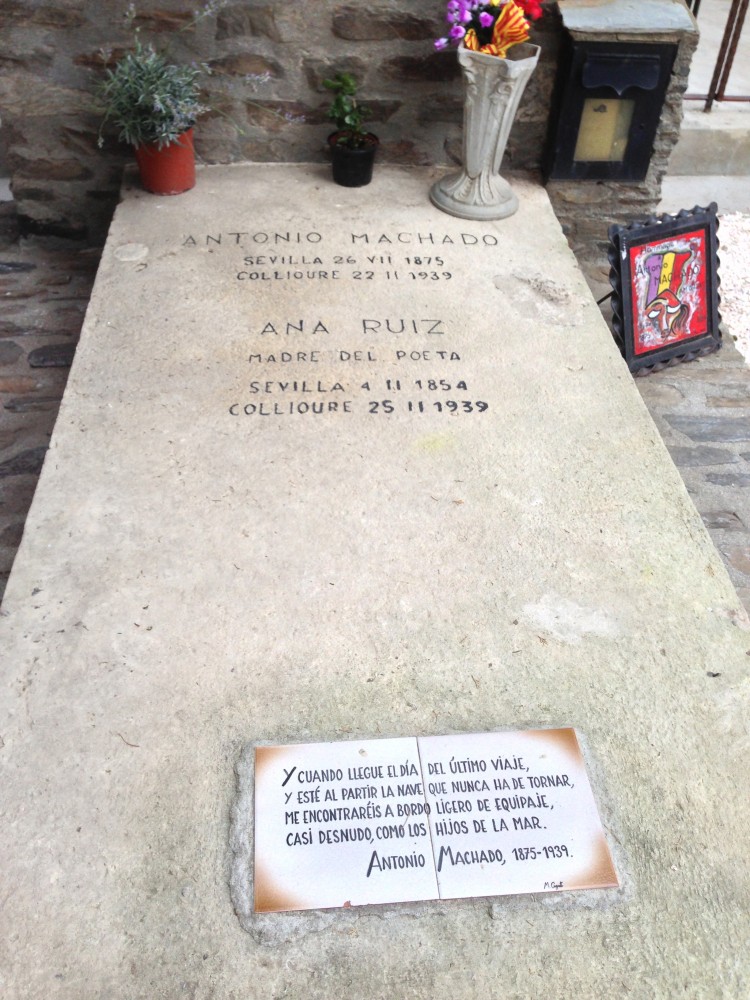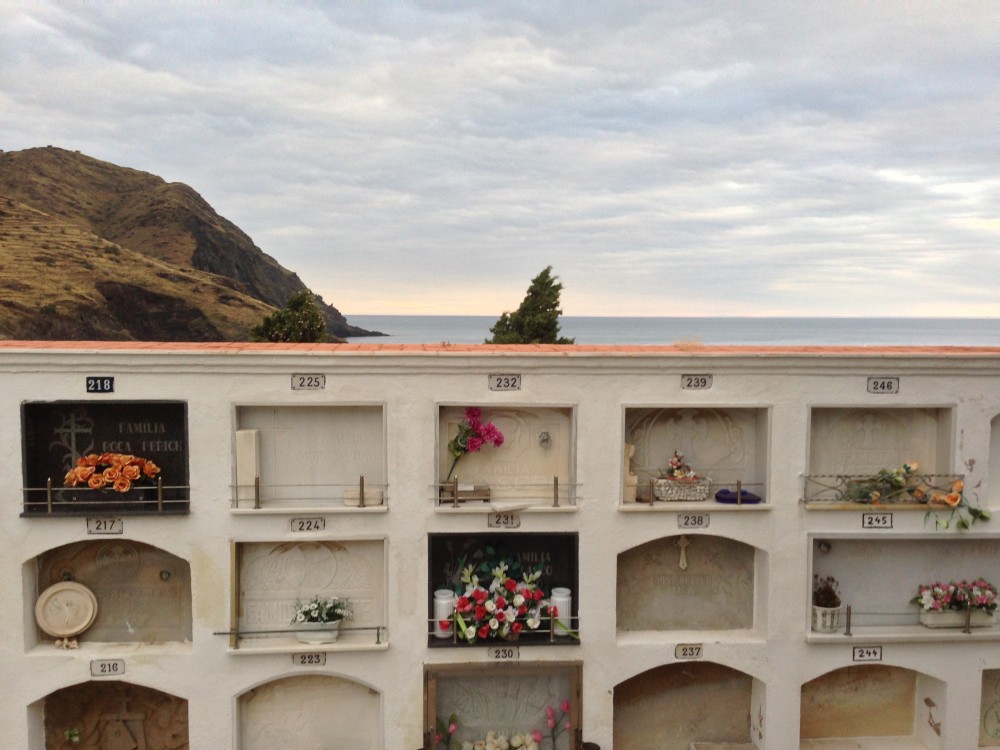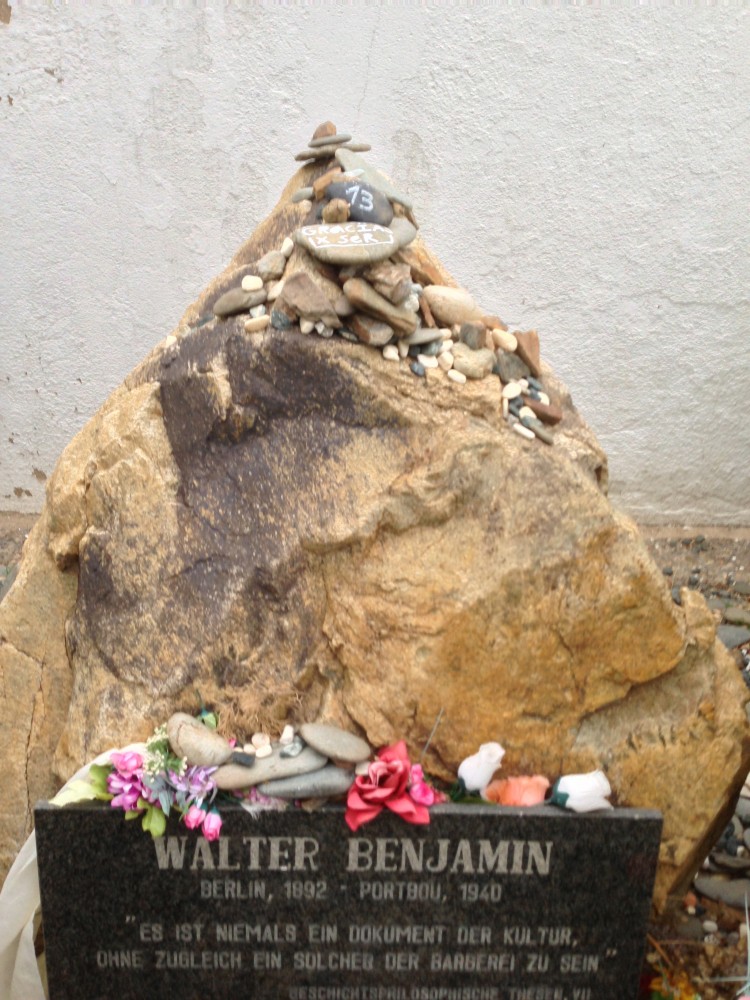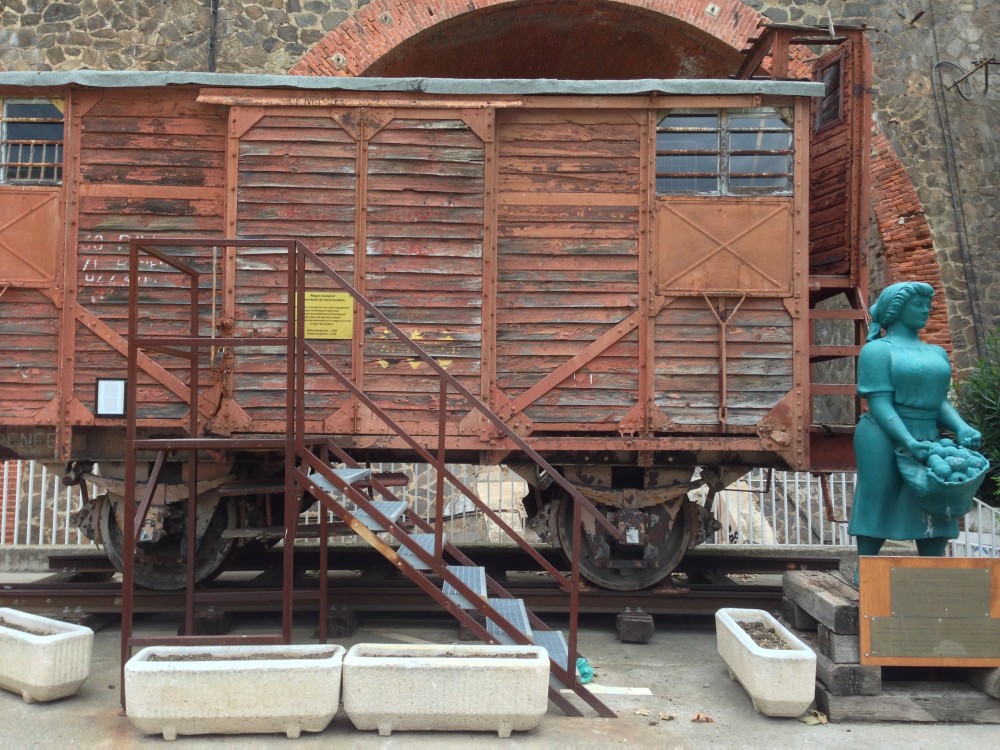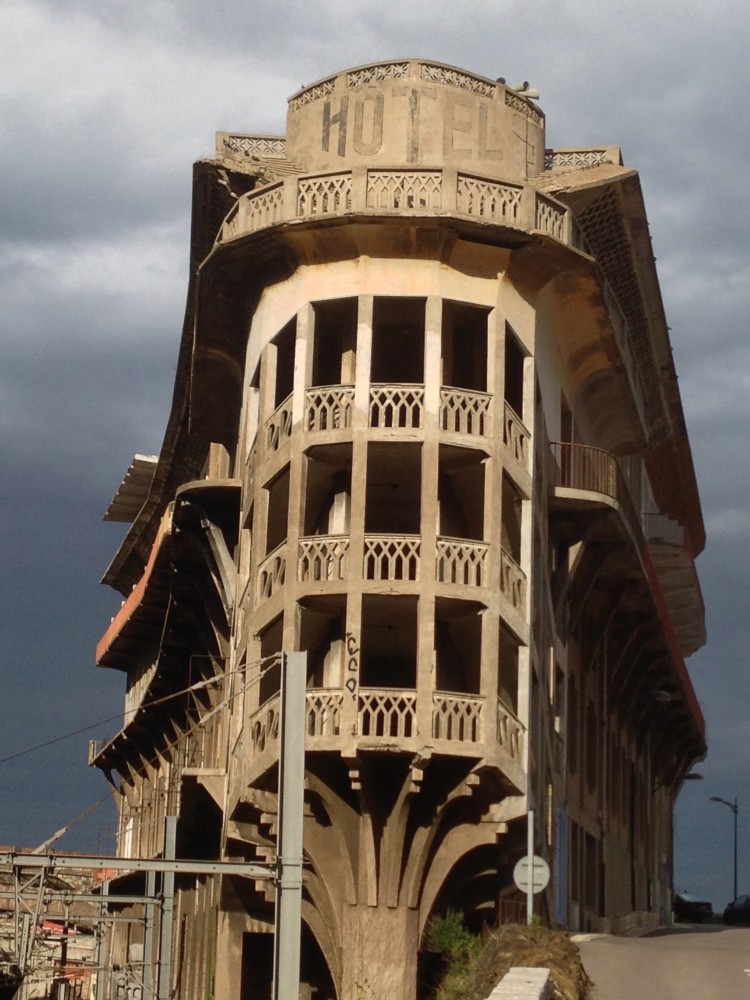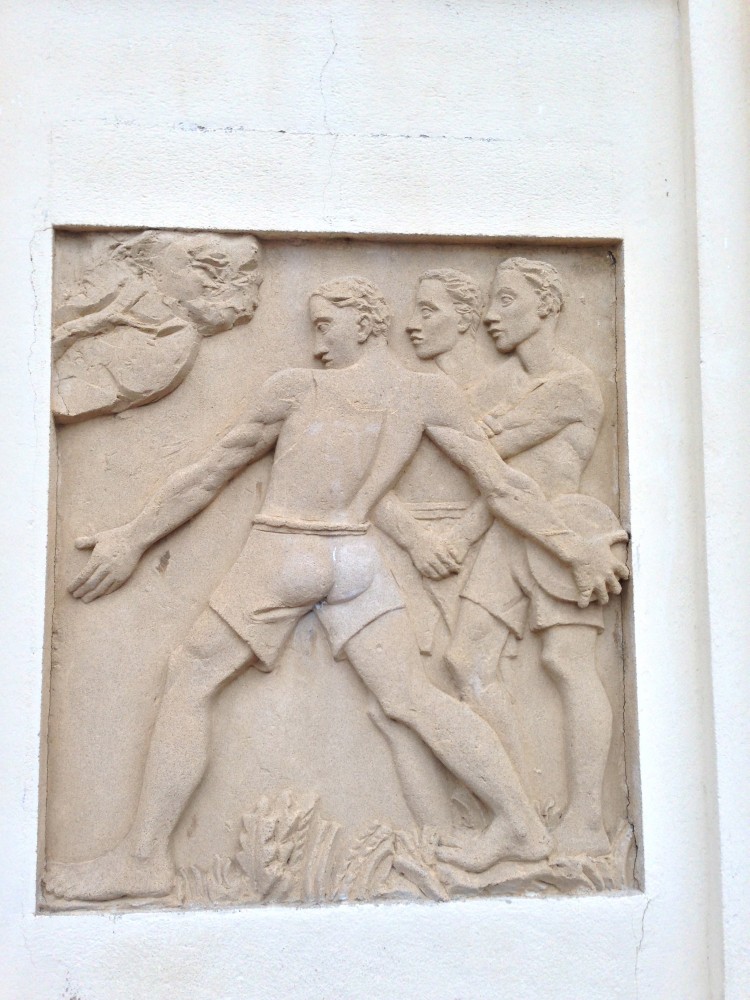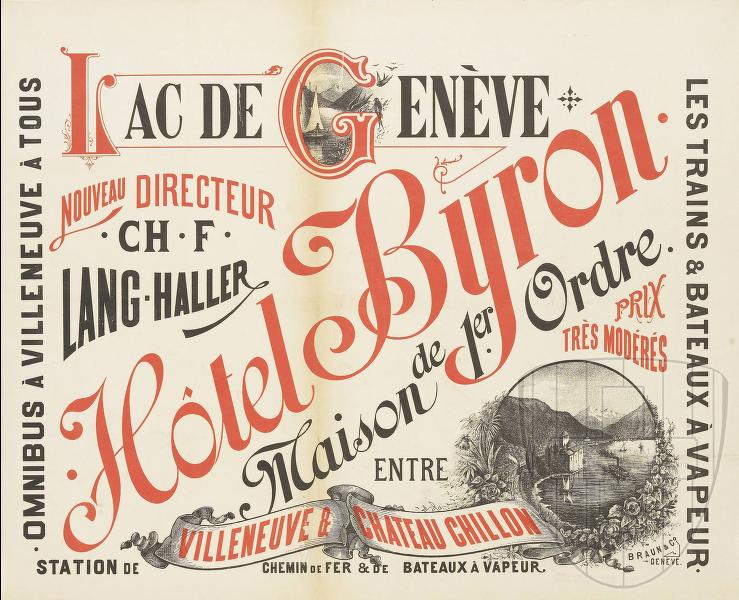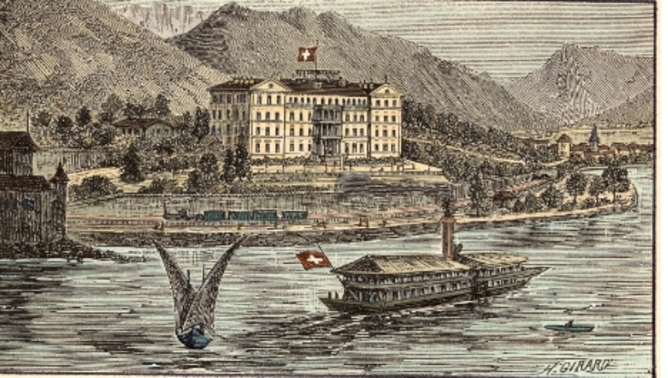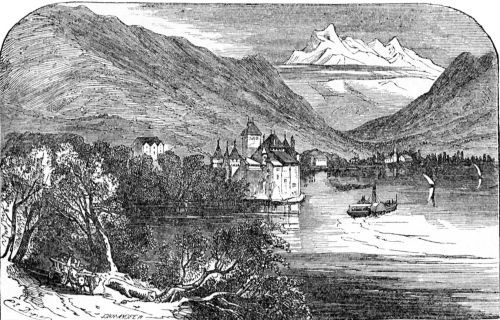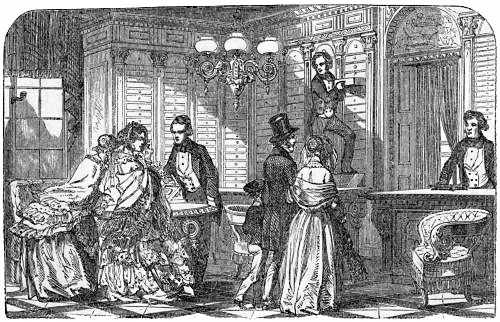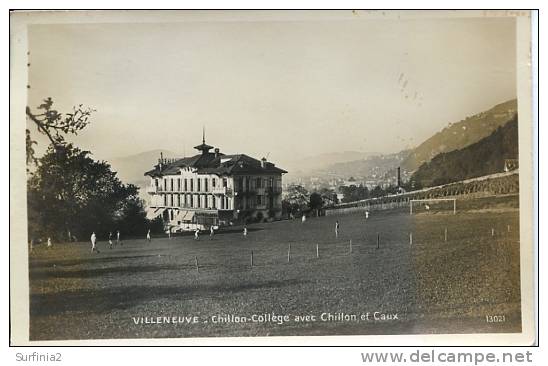
Twenty-five years ago, in October 1987, I was introduced to the photographer Algernon Islay de Courcy Lyons. He was with an old Bangkok hand, William Warren, on the Thonburi side of the Chao Phraya River. We were watching the dress rehearsal for the Royal Barge Ceremony. The king’s auspicious 60th birthday celebrations were in December of that year, and the royal barges were being given a rare outing.
We stood on the bleachers in front of the Temple of Dawn, with a fine view of the Grand Palace opposite. A murmur went through the crowd as police launches cruised down the river of kings. Outriders came into view, then the scarlet- and gold-clad rowers cutting the current in unison. Gold leaf on the oar blades caught the sun. The barges seemed to have descended from heaven.
Islay Lyons had been erstwhile lover of writer and filmmaker Kenneth Macpherson (1902-1971), who had been married to Bryher (pen name of Annie Winifred Ellerman, 1894-1983). Lyons and Macpherson had looked after the ageing Scots-Austrian writer, Norman Douglas, on Capri, until his death there in 1952.
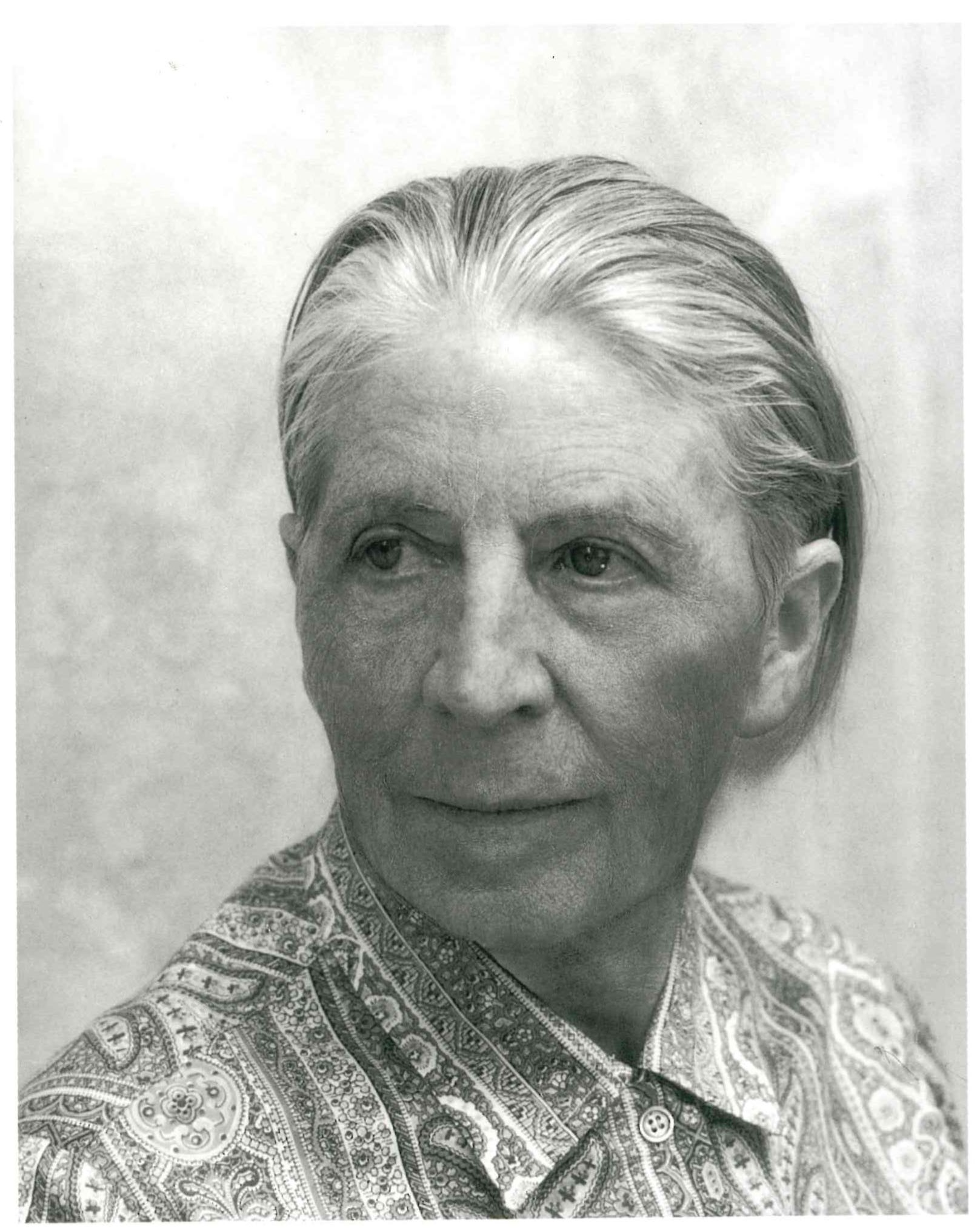
Bryher (Winifred Ellerman), photo by Islay Lyons
Bryher was the daughter of shipping magnate Sir John Ellerman, who in the 1920s was thought to be the richest man in England. Both Bryher and Macpherson had been lovers of the American imagist poet H.D., Hilda Doolittle (1886-1961) in one of the twentieth century’s more bizarre ménages à trois. Macpherson and Bryher went on to conduct further affairs, he with men, she with women. Husband and wife remained lifelong friends.
This was the deep, not much glimpsed, homosexual literary world of the inter-war years. Lyons was one of the last sleepers in the homintern (based on Comintern: Communist International), a coinage attributed to the poet W. H. Auden, himself a paid-up member: the lavender conspiracy, as a similar term more evocatively puts it.
Bryher’s The Heart to Artemis: A Writer’s Memoirs (1963) spans a late Victorian childhood, two world wars and her peripatetic life among the literati, bankrolled by her father’s considerable wealth. A lifelong lesbian, she circumspectly expunges the word while at the same time leaving us in no doubt: “no single act gave me greater pleasure than having my hair cut short in 1920”.
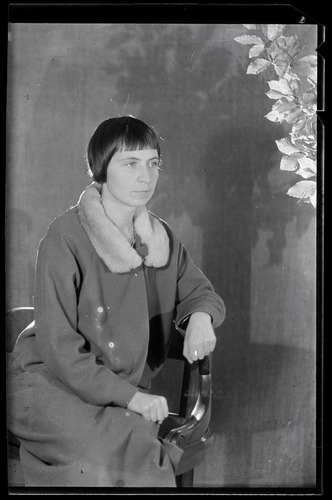
Bryher, with a short back and sides, photographed by Man Ray, circa 1923
She changed her name by deed poll to Bryher, one of the Scilly Islands, in an attempt to free herself and her writing from family strictures. Her memoirs are remarkable not only for their sweep and poetic clarity, but also for the way she presents an open secret, deftly remaining within publishing convention in those years between the Wolfenden Report of 1957 and the Sexual Offenses Act of 1967. “I watched the seamen enviously because the thing that I wanted most was a boy’s sailor suit,” she writes of those “hot summer crossings” to Dieppe in the decade before the Great War. The French writer André Gide transported her “instantly to the Channel steamers of my childhood and the decks full of people in black and white cheviot ulsters”.
In America she entered a first morganatic marriage with Robert McAlmon, himself homosexual. She proposed to him over afternoon tea in the Hotel Breevort on Valentine’s Day 1921. They were married at New York City Hall later that same day and sailed to London on the White Star Liner Celtic, one of her father’s ships. She describes this arrangement matter-of-factly:
He wanted to go to Paris to meet Joyce but lacked the passage money. I put my problem before him and suggested that if we married, my family would leave me alone. I would give him part of my allowance, he would join me for occasional visits to my parents, but otherwise we would live strictly separate lives. It must be remembered that I had been brought up on French rather than English lines and that arranged marriages were perfectly familiar to me … we neither of us felt the slightest attraction towards each other but remained perfectly friendly. We were divorced in 1927 but could have got an annulment just as easily…
With Bryher’s family money McAlmon founded Contact Editions in Paris, publishing many of the expatriate American writers of the day, including Hemingway and a stable of lesbian writers – Gertrude Stein, Djuna Barnes, H.D. and Bryher herself.
In his early novel, Village (1924), McAlmon fictionalizes the South Dakota town of Madison, and his first love – for Gore Vidal’s father, Gene. McAlmon was fourteen, Gene fifteen. In what must be a rare excursus by a homosexual writer, Gore Vidal revisited McAlmon’s account of his father’s small-town teenage dalliance in his own memoir Palimpsest (1995).
Robert McAlmon: it is curious – to say the least – to encounter one’s father as a boy of fifteen as seen through the eyes of a boy of fourteen who is in love with him. I was intrigued by the possibilities of all this as I was by Jimmie’s sudden interest in Walt Whitman.
Jimmie was Jimmie Trimble, the love of Gore Vidal’s life, dead at Iwo Jima, March 1, 1945, age 20.
In 1932 McAlmon published A Scarlet Pansy in New York, under the pseudonym Robert Scully. This scurrilous, camp roman à clef lifts the lid on the gay goings on of the Roaring Twenties and on his marriage to Bryher. The pansy protagonist in question is Fay Etrange, from Kuntsville, Pennysylvania. Like McAlmon, she supports herself by working as a nude model. Bryher’s fictional counterpart is Marjorie Bull-Dike. A Scarlet Pansy takes embittered revenge on such Left Bank luminaries as Sylvia Beach, Gertrude Stein and Alice B. Toklas, given names such as Fuchs, Pickup, Butsch, Godown and Kuntz. James Joyce described McAlmon’s later, above-the-counter account of literary Paris between the wars, Being Geniuses Together (1938), as “the office boy’s revenge”.
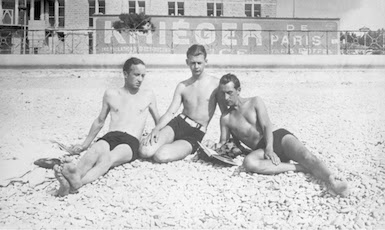
Graeme Taylor, John Glassco, Robert McAlmon, working on their tans, Nice, circa 1929
Bryher’s second marriage, to Kenneth Macpherson, seems also one of convenience, perhaps to do with inheritance. Though her only brother inherited the lion’s share of the family fortune, Bryher’s wealth allowed her and Macpherson to indulge a shared passion for experimental film, literature and travel, centered on Switzerland and Berlin before the rise of National Socialism put an end to all that. She flits in and out of literary history as the millionaire writer, dispensing cash. James Joyce, among others, benefited from Bryher’s largesse, via a monthly stipend from McAlmon. She came up with the cash for more than one apartment in Paris for down-at-heel artists. From 1933 onwards she was a benefactor to German Jews escaping the Nazi regime, notably facilitating Walter Benjamin’s escape.
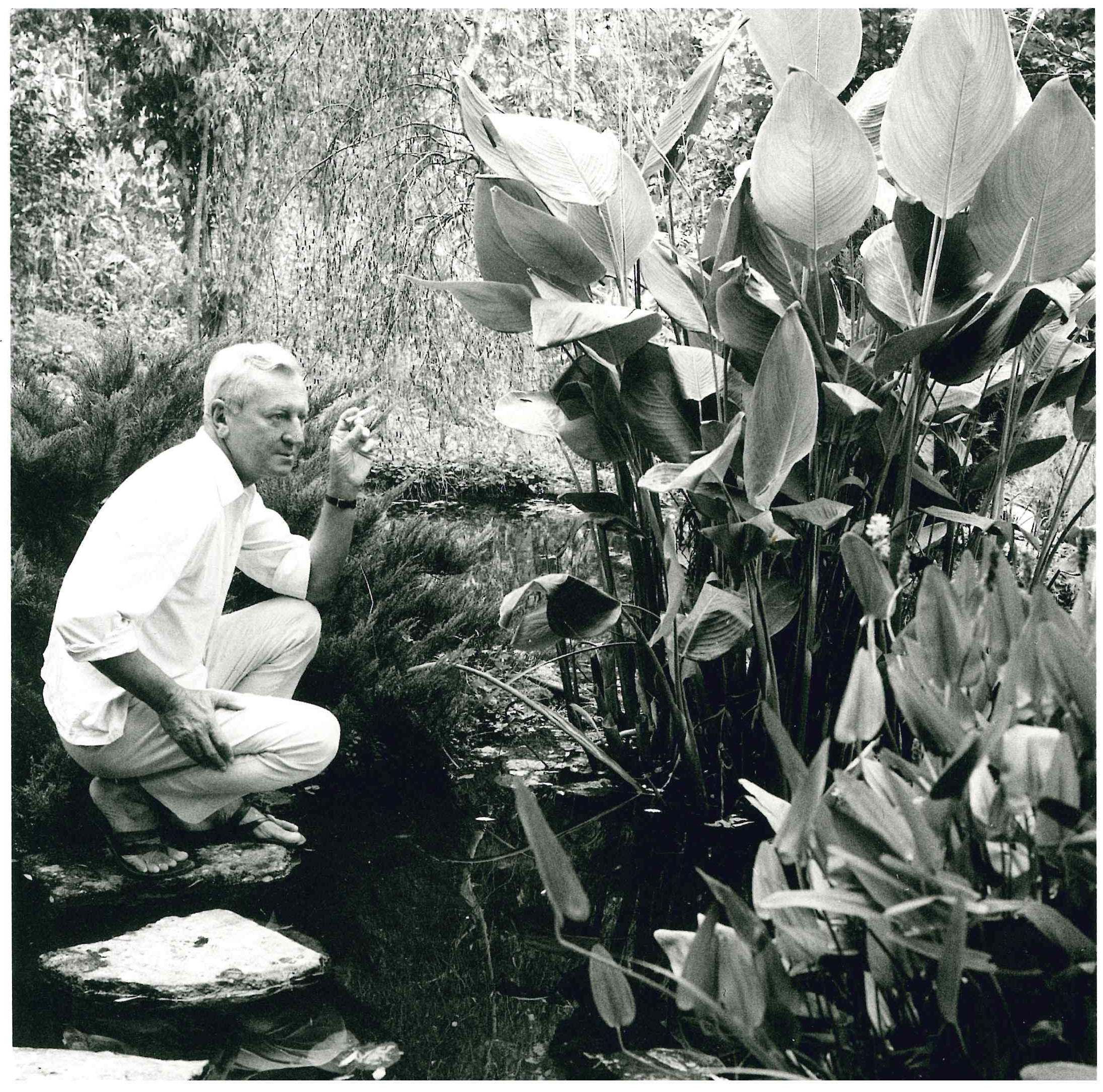
Kenneth Macpherson, photo by Islay Lyons
Macpherson, Bryher and H.D. spent much of the 1920s and ‘30s on the shore of Lake Geneva. Bryher had been counseled by her father to take up residence in Switzerland as a tax shelter. They lived initially at Territet, near Montreux in Canton Vaud, which the Ellermans had used as a base for their extensive travels around the Mediterranean. Bryher’s father had been something of a mountaineer. Bryher first met the imagist poet H.D. in Cornwall in July 1918.
The door opened and I started in surprise. I had seen the face before, on a Greek statue or in some indefinable territory of the mind. We were meeting again after a long absence but not for the first time… the voice had a birdlike quality that was nearer to song than speech. There was a bowl of wild flowers on the table, another pile of books on the chair. We sat down and looked at each other or, more correctly, I stared… It was the moment I had longed for during seven interminable years.
Macpherson and Doolittle began their affair in 1926. Bryher divorced McAlmon in 1927 and married Macpherson in the same year, as a screen for all three of them in various ways. In 1929 H.D. became pregnant by Macpherson and had an abortion. Territet was also home to two tiger cubs, dogs, cats and monkeys. H.D.’s nine year-old daughter Perdita, from an earlier relationship with the Scottish musicologist Cecil Gray, joined this menagerie. She was formally adopted by Bryher and Macpherson and took the name Perdita Macpherson.
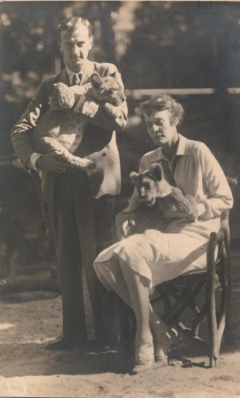
Kenneth Macpherson and H.D. (Hilda Doolittle) nursing tiger cubs, Territet, Switzerland, 1928
Bryher and Macpherson built the marvelous modernist-inspired Villa Kenwin (its name a merger of their names, Kenneth and Winifred) near Montreux in 1930. “It was the time of the Bauhaus … I loved the new functional furniture, the horizontal windows and the abolition of what I thought of as messy decoration.” Kenwin’s first architect was Hungarian film set designer and architect Alexander Ferenczy, a pupil of Alfred Loos, who died in a car accident in 1931. Ferenczy designed sets for such greats of the film world as Alexander Korda (Samson and Delilah) and Friedrich Zelnik.
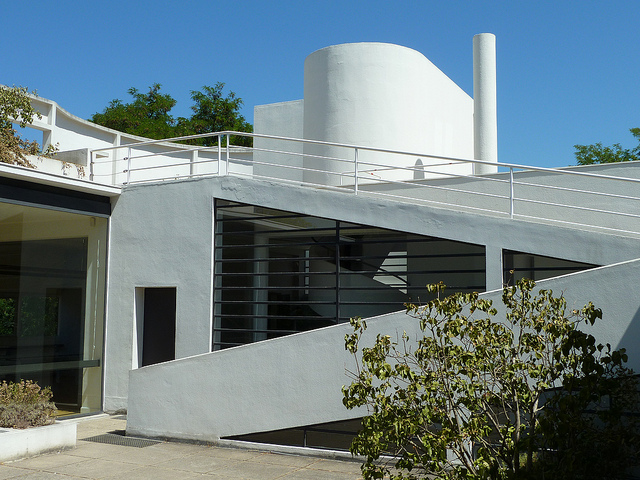
Villa Kenwin on Lake Geneva
The villa retains his cinematographic stamp and awareness of the uses of light. Hans Henselmann, later appointed head architect for the city of Berlin in 1953, took up the project upon Ferenczy’s death. Though much of Bryher’s and all of Macpherson’s writing has fallen out of fashion and fills the shelves of the antiquarians, the house which bears their conjoined names has stood the test of time.
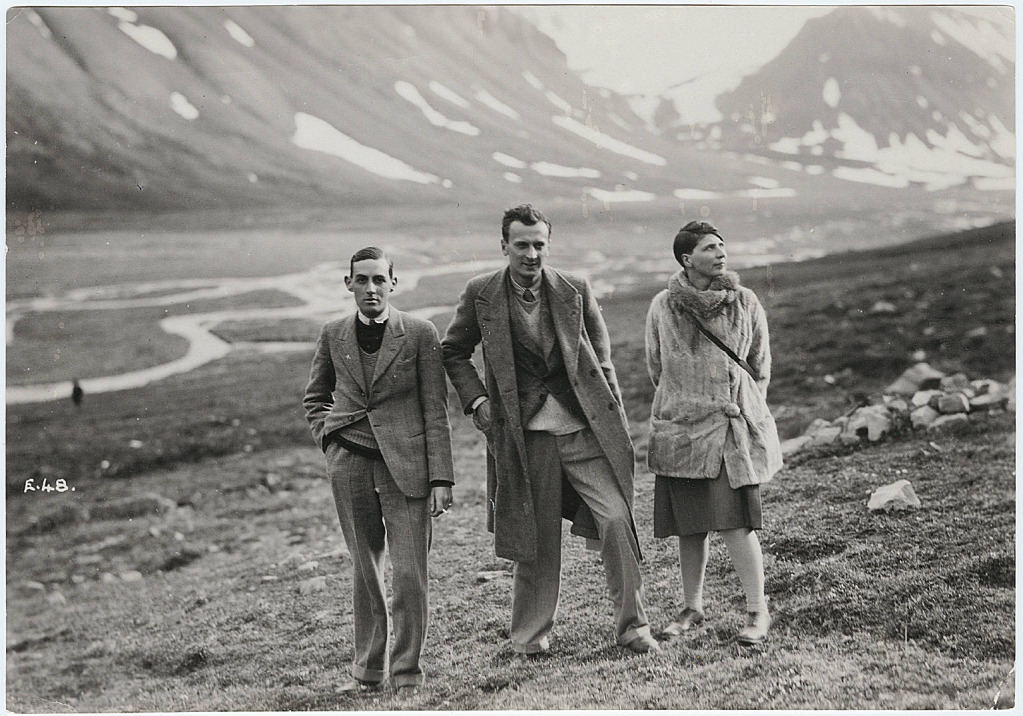
Robert Herring, Kenneth Macpherson and Bryher, Spitsbergen, Norway, 1929
“Switzerland was the perfect place for our headquarters. It was possible to see French, German, American and English films all in the same week,” writes Bryher. It was here that this arty ménage published Close Up, one of the first critical journals of film as an art form. They conceived and filmed Borderline (1930), starring Paul Robeson and H.D., focusing on race and a triangular relationship.

Borderline (1930) starring a young Paul Robeson, reissued on DVD
Believed lost, a copy was rediscovered in Switzerland in 1983. In 2006, the British Film Institute restored it and a screening and eventual DVD release has led to renewed interest in Macpherson as a pioneering cinematographic modernist. The spare lines, nautical detail, tiling and open spaces of the Villa Kenwin have also recently been restored to Bauhaus glory following decades of neglect.
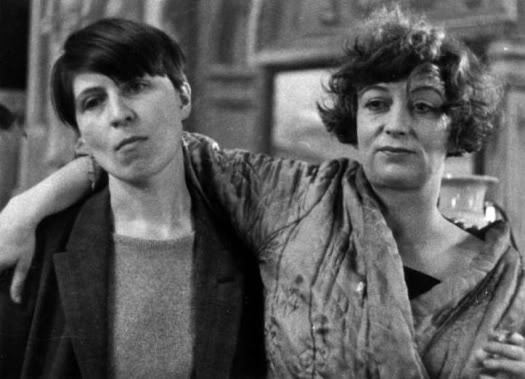
Bryher and H.D. (Hilda Doolittle) during the filming of Borderline (1930)
The Second World War, which Bryher had predicted, found her with uncertain status as an English national in Switzerland. Her work on behalf of German refugees left her vulnerable in the event of a German invasion, a real possibility at the time:
There came the day when the Swiss radio warned us of imminent invasion. All the population was invited to resist. We were to disregard any further broadcasts, soldiers not with the army were to fulfill orders previously given to them, civilians were to make sure that they were equipped with brassards bearing the Federal Colours and then turn hoses of boiling water on the enemy… I was told afterwards that the main bridge at Basel was to have been destroyed after twelve minutes and it went to eight minutes before the order was countermanded.
After the war, Macpherson and boyfriend Islay Lyons settled into the Villa Tuoro on Capri, along with longtime resident and citizen of the island, the infamous Scottish-Austrian writer Norman Douglas (1868-1952). Bryher, as so often, funding the arrangement, persuaded Macpherson and Lyons to look after the ageing Douglas until his death.

Norman Douglas, the old roué, photo by Islay Lyons
The island had a long history of depraved goings-on, from the orgies of the Emperor Tiberius at Villa Jovis to the shenanigans of Baron Krupp in the first decade of the twentieth century. Douglas’s long scandal-dogged life of boys, booze and books had included numerous brushes with the law. He liked, according to Lyons, the “squawks and squeaks” deaf-mutes made in orgasm. Bryher describes his entourage: “and then there were the ‘crocodiles’ as we called the dark-haired, mischievous urchins with Renaissance names who ran errands and ate, as reward, plates of pasta like miniature mountains”. Douglas’s dying words were “get these fucking nuns away from me”.
Much is left unsaid in Bryher’s The Heart to Artemis, chief among the elisions being money. Money greased the introductions, the travel, and is the unmentioned small print of her two marriages: she was the original trust fund baby. She was generous, nonetheless, both with herself and her funds. History gives a deceptive tidiness to their lives. What was it drew Bryher to H.D. so that their relationship endured despite absences and Bryher’s marriage to Macpherson? Was Macpherson, by all accounts a debonair cultivated man, in it for the money? When he met Lyons after the war, what was the spark that ignited the love of his life?

Gracie Fields, the lass from Rochdale. Photo by Islay Lyons
Islay Lyons’ camera eye recorded them all under the midday sun. With the passage of time, his photos have taken on a bittersweet backward glance that recalls Auden’s valediction to the sunny south, ‘Goodbye to the Mezzogiorno’:
The Greeks used to call the Sun
He-who-smites-from-afar, and from here, where
Shadows are dagger-edged, the daily ocean blue,
I can see what they meant: his unwinking
Outrageous eye laughs to scorn any notion
Of change or escape, and a silent
Ex-volcano, without a stream or a bird,
Echoes that laugh.
These striking portraits date from the postwar period when la dolce vita had become fashionable in Hollywood and the Marshall Plan was pouring dollars into Europe’s reconstruction. Capri was an escape from the North, for Lancashire-born singer and entertainer Gracie Fields; an escape from Puritanism and the law for homosexuals on the lookout for amore (“better down South and much cheaper”). They are celebrity photos away from the limelight. The pinched saurian face of Somerset Maugham smiles for once above a clutter of tea things – the original “shit in the shuttered château” of Larkin’s poem.

American writer Mary McCarthy, photo by Islay Lyons
Norman Douglas, author of South Wind, is never far from a smudged brandy glass, clad in the crumpled linen of the old roué, still sporting the centre parting he affected when he was twelve, in Karlsruhe Gymnasium, in another century. Mannish Bryher, her swept back hair lightly oiled, Prussian features classically severe, doesn’t quite meet the photographer’s lens.
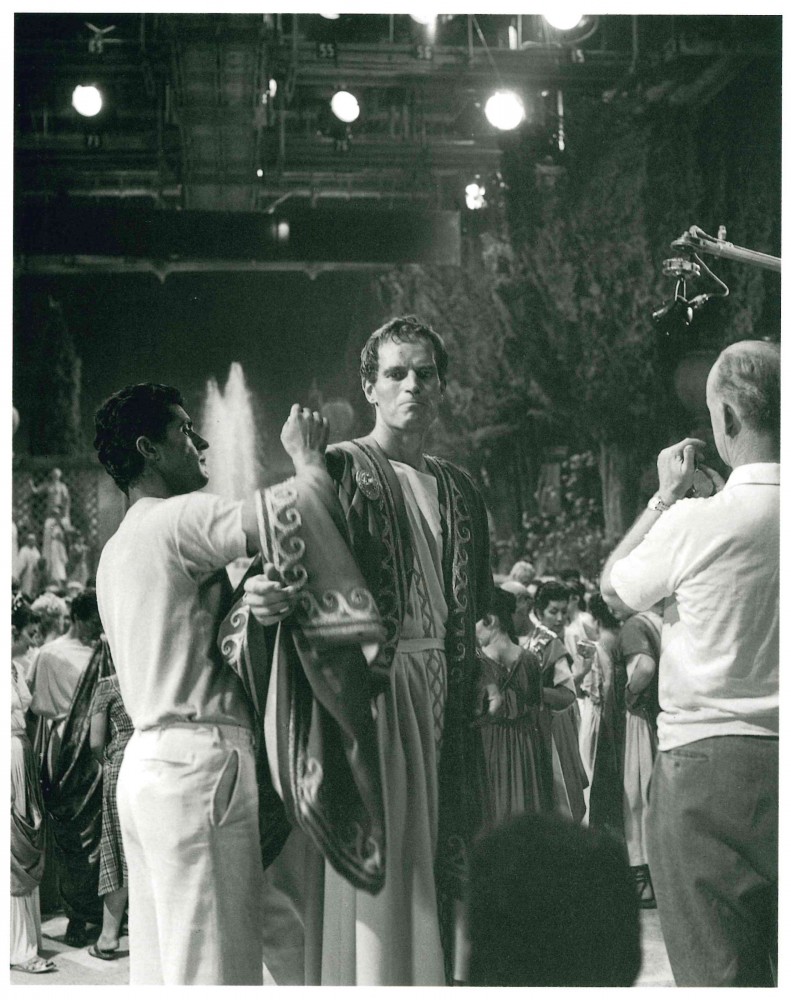
Charlton Heston on the set of Ben Hur. Photo by Islay Lyons
All the shiny people on terraces, under pergolas, caught congregating in the noonday sun like lizards: gimlet-eyed Nancy Cunard, bangled and ringed, a flapper gone to seed and looking ruefully at the world. And dancers and choreographers who for now have all their hair, cheekbones and musculature in place.
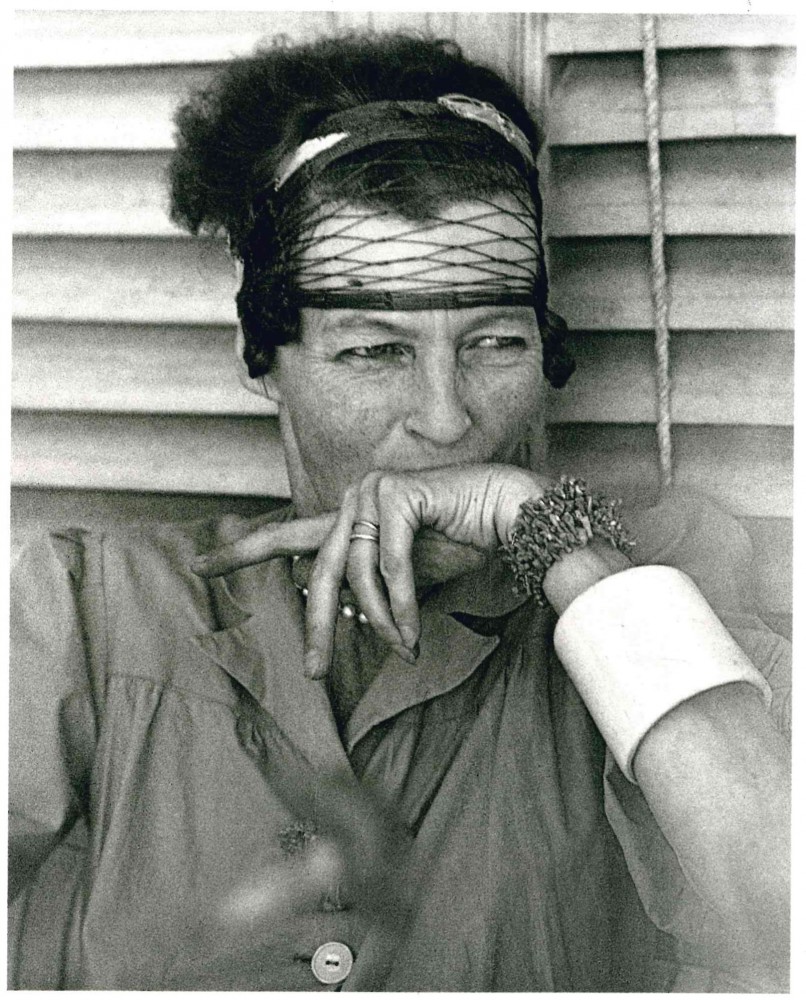
Nancy Cunard, still flapping. Photo by Islay Lyons
If we try
To ‘go southern’, we spoil in no time, we grow
Flabbily, dingily lecherous, and
Forget to pay bills
These are not so much the bright young things but what the bright young things become after a world war, too much money and sun. A pensive Graham Greene weighed down by the knowledge of sin; debonair, limp-wristed Noel Coward in good ducks, painting with one hand in his pocket.
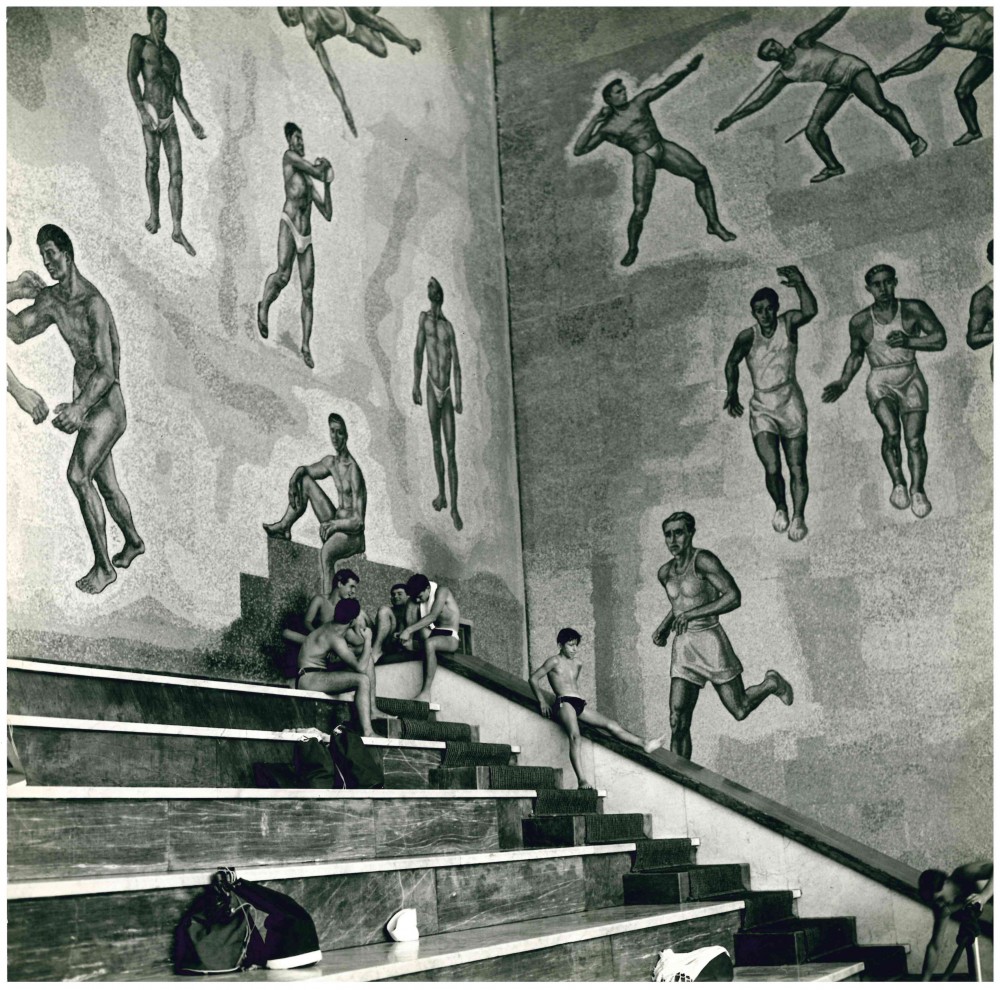
Swimming pool at the Foro Italico, Rome. Photo by Islay Lyons
In this photograph taken in 1958 of the swimming pool at Foro Italico (originally called the Foro Mussolini) in Rome, the lines create an off-centre perspective. The fascist-era athletes in mosaic on the wall play off against the lounging boys on the bleachers.
On Macpherson’s death in 1971, Islay Lyons inherited what remained of the Ellerman shipping fortune that had come down through the morganatic female line via Bryher. The term ‘morganatic’ derives from ‘marriage with a morning gift’, itself a priceless comment on relations between the sexes. Lyons also inherited Douglas’s papers, his signed first editions, volumes on the history of Calabria and Capri, much of which has ended up in the Beinecke Rare Book and Manuscript Library at Yale. It was this movement of inherited wealth that I first heard about twenty-five years ago on the banks of the Chao Phraya. Algernon Islay de Courcy Lyons died in Chiang Mai, in northern Thailand, in 1993. His adopted Thai son, Manop Charoensuk, inherited what was left of his good fortune.

Unidentified boy, photo by Islay Lyons
